Results of a Writing Retreat in Cairo
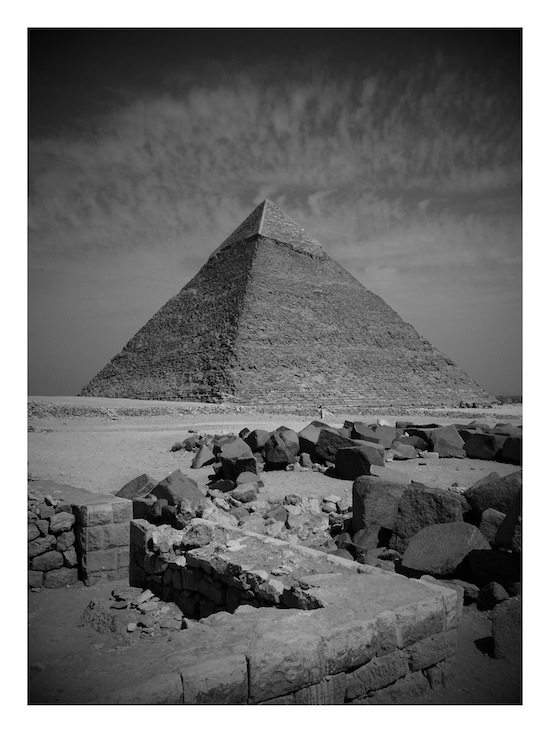
Obligatory pyramid shot
Hello, Black Gaters! I’m back after a month’s silence, and my silence on here usually means I’m drunk I’ve gone off somewhere. This time I spent three weeks in Cairo on my second writing retreat of the year.
During my previous Cairo retreat back in February, I started The Case of the Purloined Pyramid, the first in my neo-pulp detective series The Masked Man of Cairo. It’s set in Cairo in 1919, with the hero trying to solve a murder while the city is convulsed with its first major independence demonstrations. That book recently won the Kindle Scout program and is being published by Kindle Press on January 9. This time around I worked on the next in the series, The Case of the Shifting Sarcophagus.
So what does a wandering writer do when he goes to Cairo to write a novel? Try desperately hard not to let his research take too much time away from his writing!
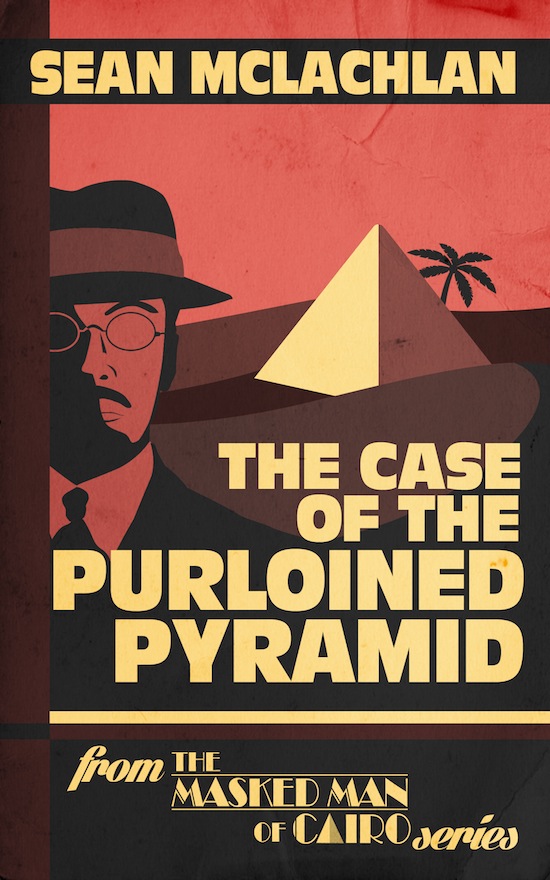
Unlike my previous writing retreats in Tangier, I wasn’t in a sleepy coastal city with not much to do, but rather a booming metropolis with countless distractions. Of course, those distractions all added flavor to my novel, so I found myself wandering the streets of the old medieval neighborhoods where my hero lives and studying objects in museums that I could incorporate into my work, such as this Ottoman litter inlaid with mother-of-pearl. It’s used by Zehra Hanzade, a wealthy Ottoman antiquities dealer who’s one of my characters. She always rides in style.
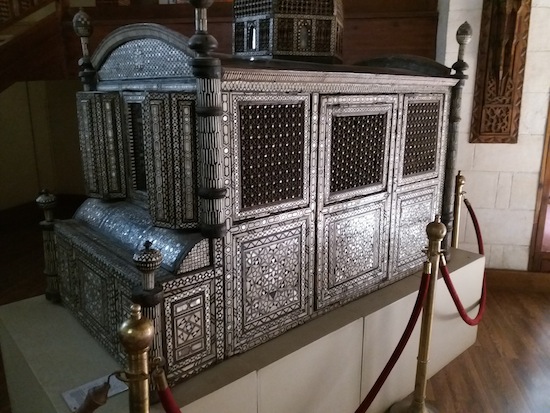
The ancient sites are an inspiration too. I saw all the major ones back in 1991 and again in February, but found myself returning a third time when my wife joined me for a week.
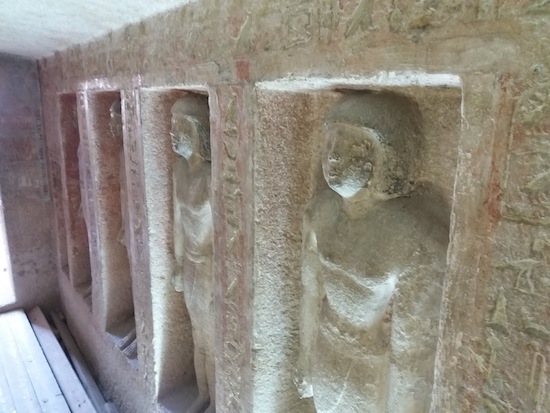
Carved figures in the mastaba of Idu at Giza. Mastabas were
tombs built for nobility or minor members of the royal family.
This one gets excavated in my novel.
Which brings me to the major challenge of doing a writing retreat like this, and a warning for fellow writers. Maintain. Your. Discipline. I knew I’d only have two weeks of alone time in the apartment I rented, so I made the most of it. I worked every morning at a desk facing a blank wall in order to avoid the tempting views out my window. Only when I’d done at least 2,000 words did I allow myself to go out. I also tried to write in the evenings, something that happened less and less as my Egyptian friends kept inviting me out. Cairo has a great cafe culture and Cairenes are more than happy to chat all night while sipping tea and smoking sheesha. I managed to write 30,000 words, which comes to 130 pages.
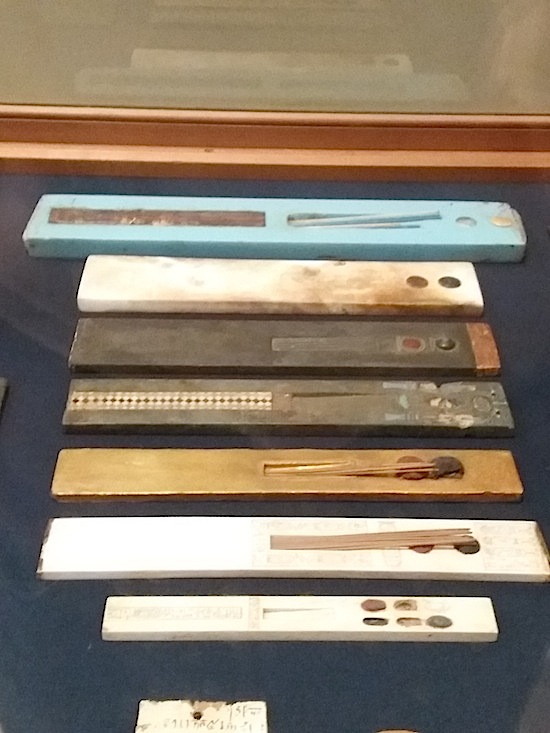
King Tut’s writing implements. I used a far less glamorous laptop.
Of course these conversations helped my work too. When writing about a foreign place, writers have a duty to know it as well as they can. You have to read. You have to see the places. You have to talk to a wide range of people. And of course you will make mistakes. I’m dreading my return in May, because I’ll be bringing copies of my book for my Egyptian friends and I’m sure they’ll find all sorts of mistakes. These are inevitable. The best a writer can manage is to research as much as possible, write three-dimensional characters who don’t fall into easy stereotypes, and hope for the best.
A word about those stereotypes. A lot of my Western friends were worried about me going to Egypt. If Egypt appears in the English- or Spanish-language press, it’s usually because something has blown up. My own government warns its citizens to avoid all non-essential travel. I think that’s overly paranoid. Yes, terrorism is an issue, but there’s so much less street crime in Cairo than, say, London, I think you’re actually safer. I encountered no hostility. I regularly walked through Cairo alone as an obvious foreigner at midnight and was never harassed. Women may have a different experience, sadly. This is a real problem for foreign and Egyptian women. My wife didn’t have any trouble, but she was with me the entire time.
So if you’re thinking about visiting Egypt, I say go for it but keep your wits about you. If you want to write a historical novel set there, you’ll find no place better to do research. Lots of Egyptians were eager to help me and the streets and museums are filled with things to fire the imagination.
I even figured out the best way to break into a traditional Cairene home. . .
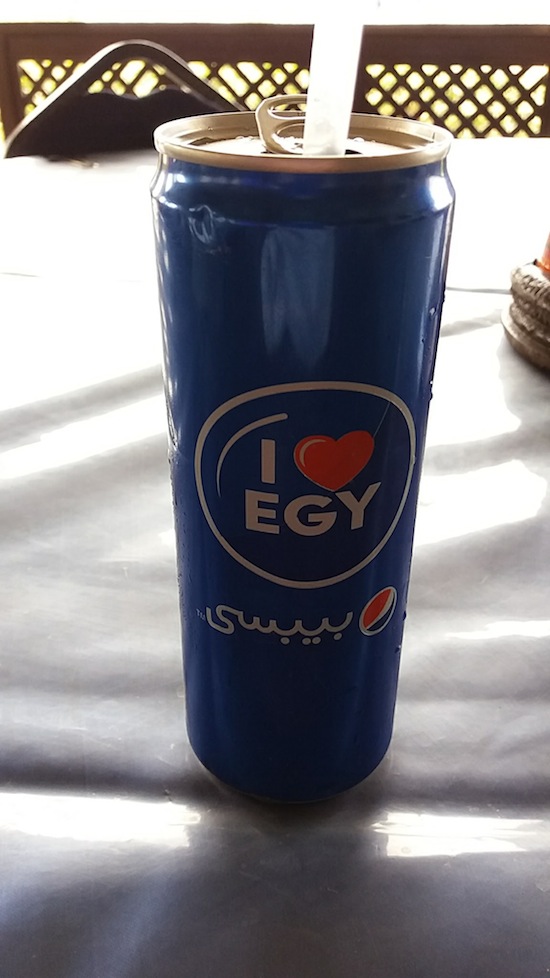
I do!
Photos copyright Sean McLachlan.
Sean McLachlan is the author of the historical fantasy novel A Fine Likeness, set in Civil War Missouri, and several other titles. Find out more about him on his blog and Amazon author’s page. His latest book, The Case of the Purloined Pyramid, is a neo-pulp detective novel set in Cairo in 1919. It comes out January 9.